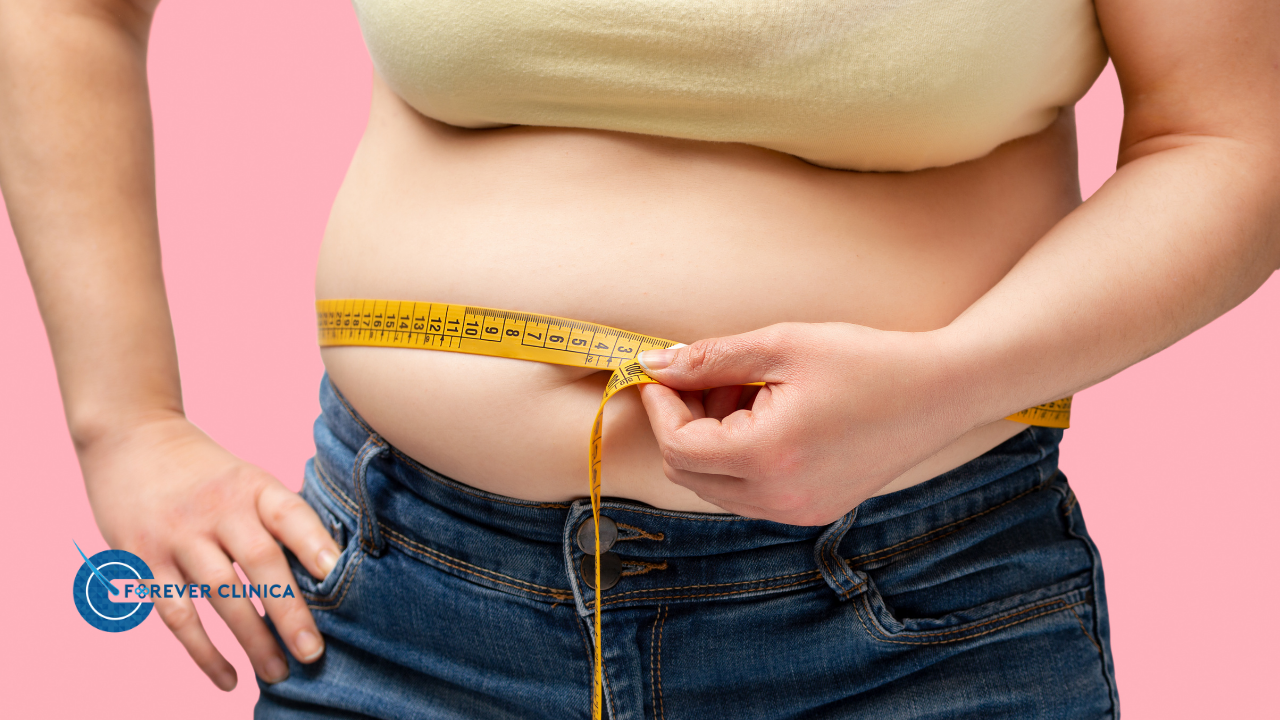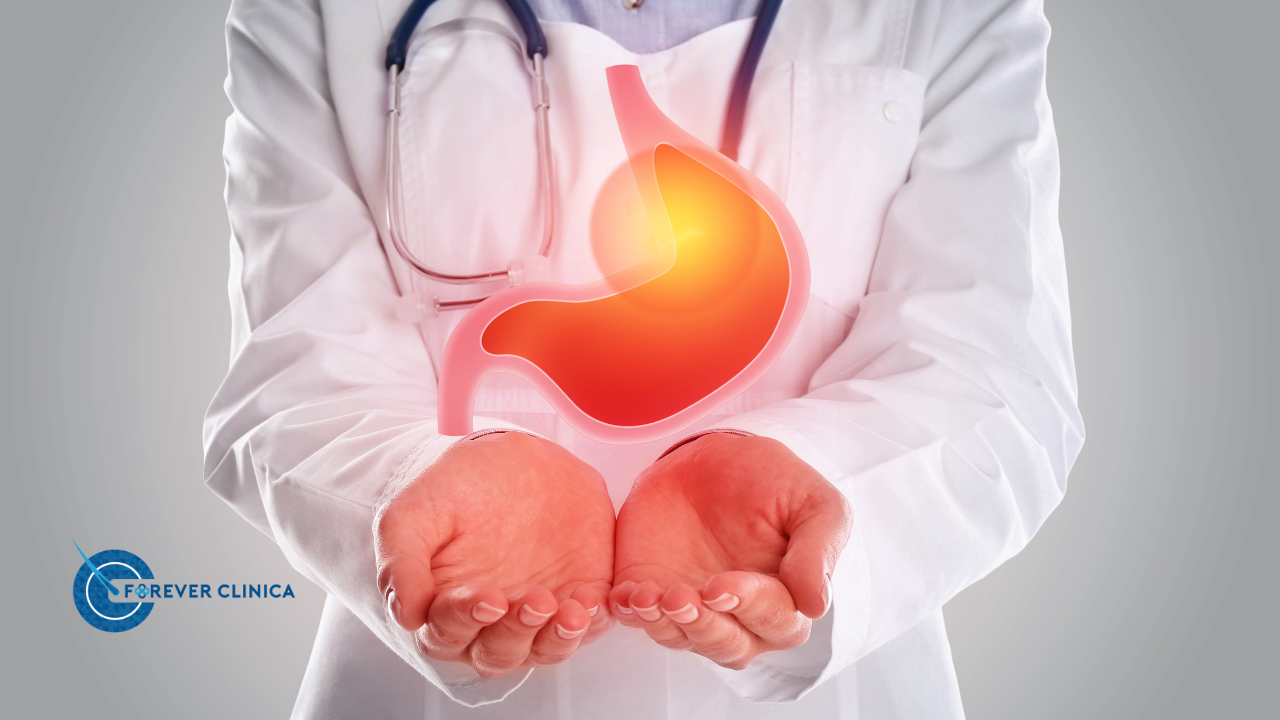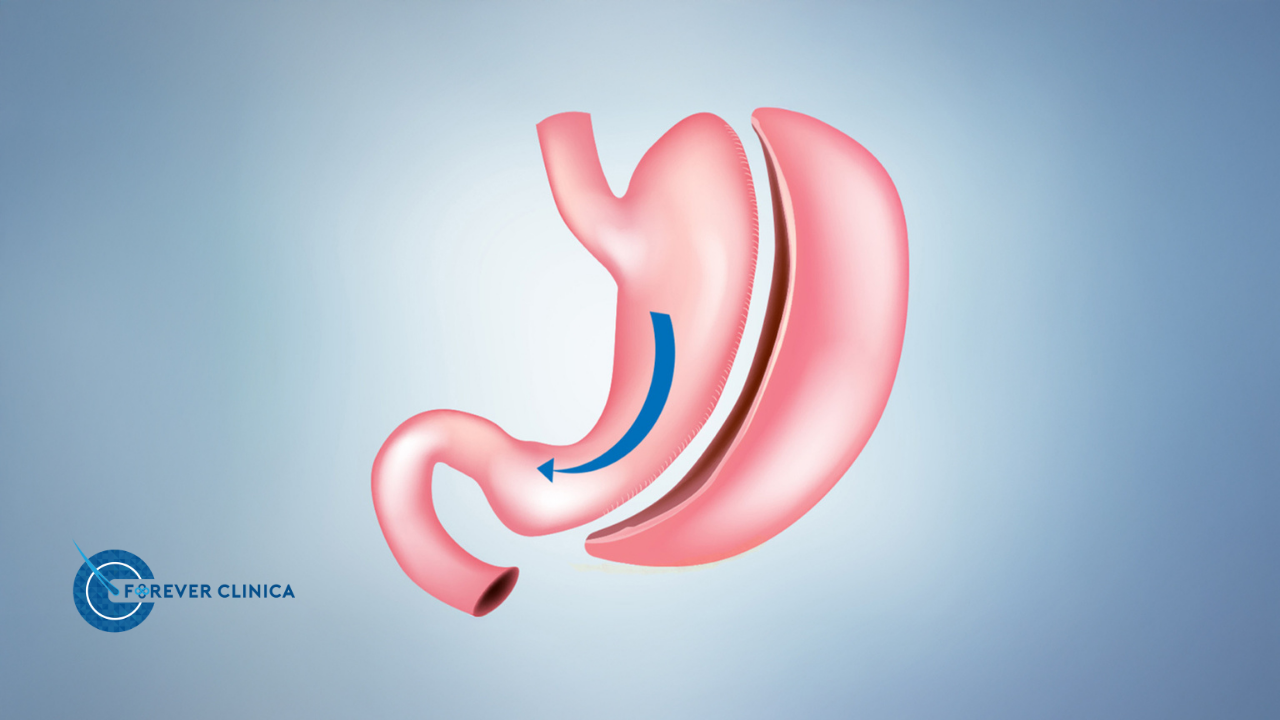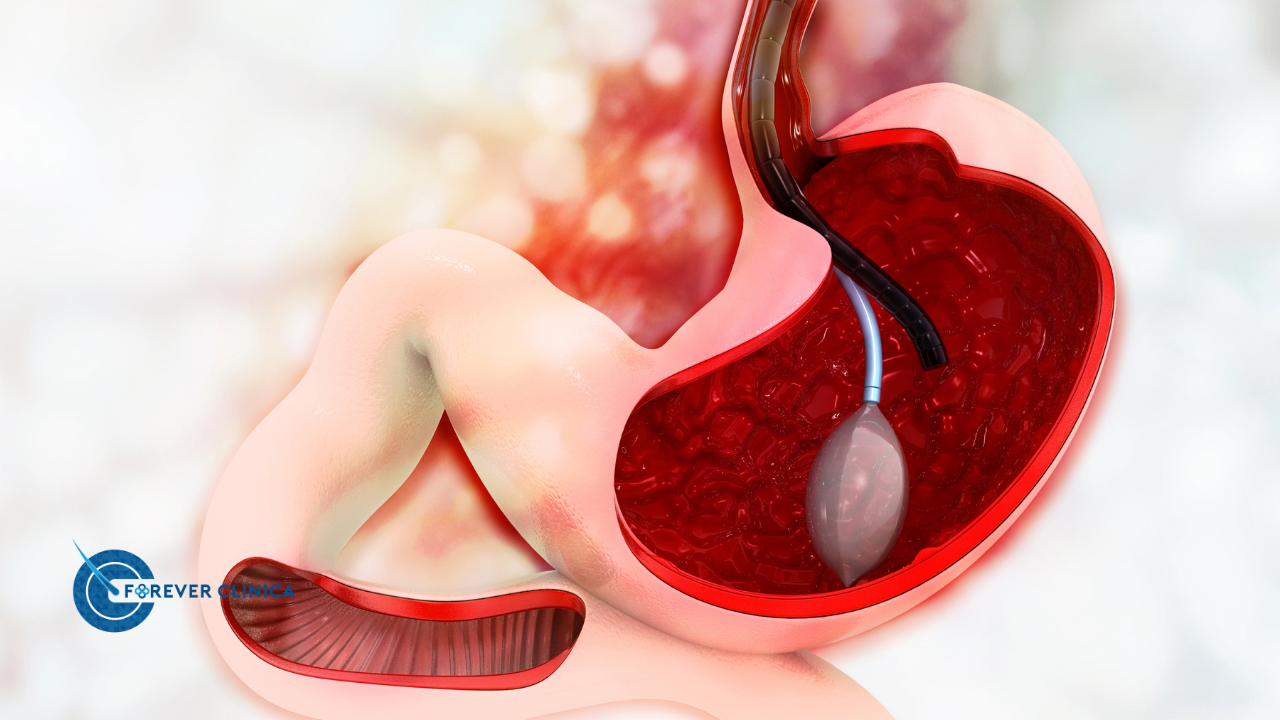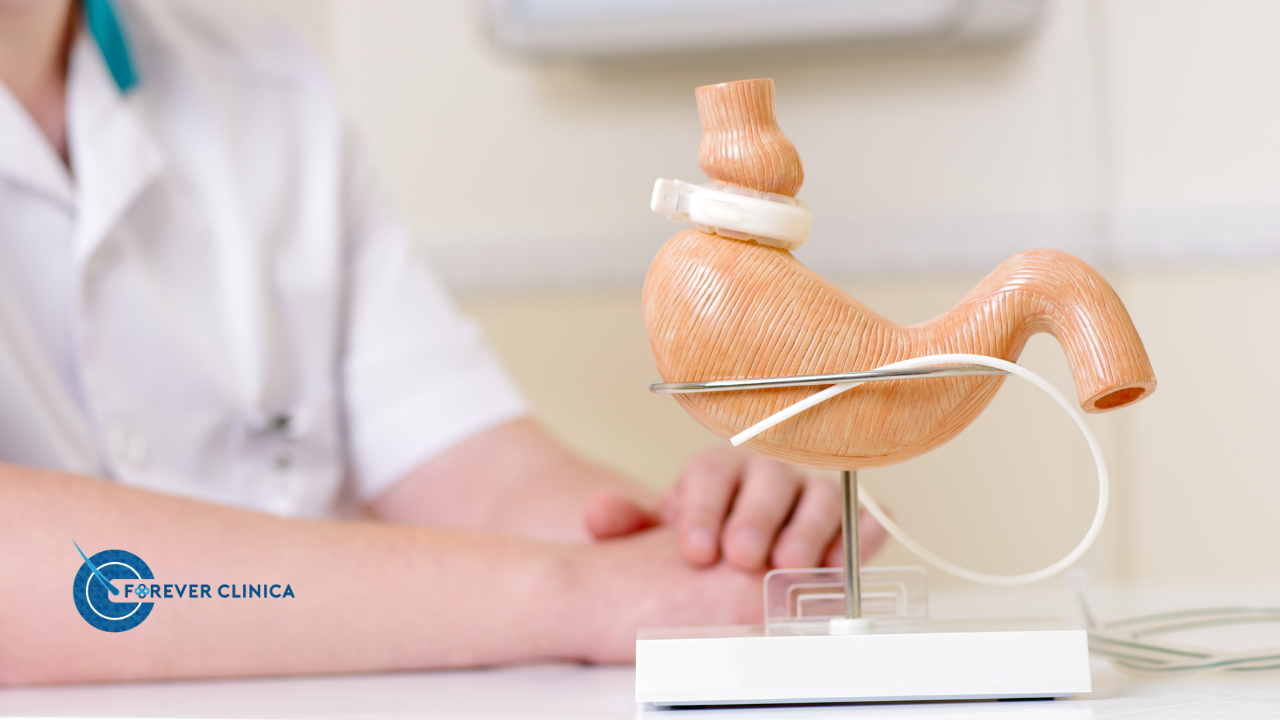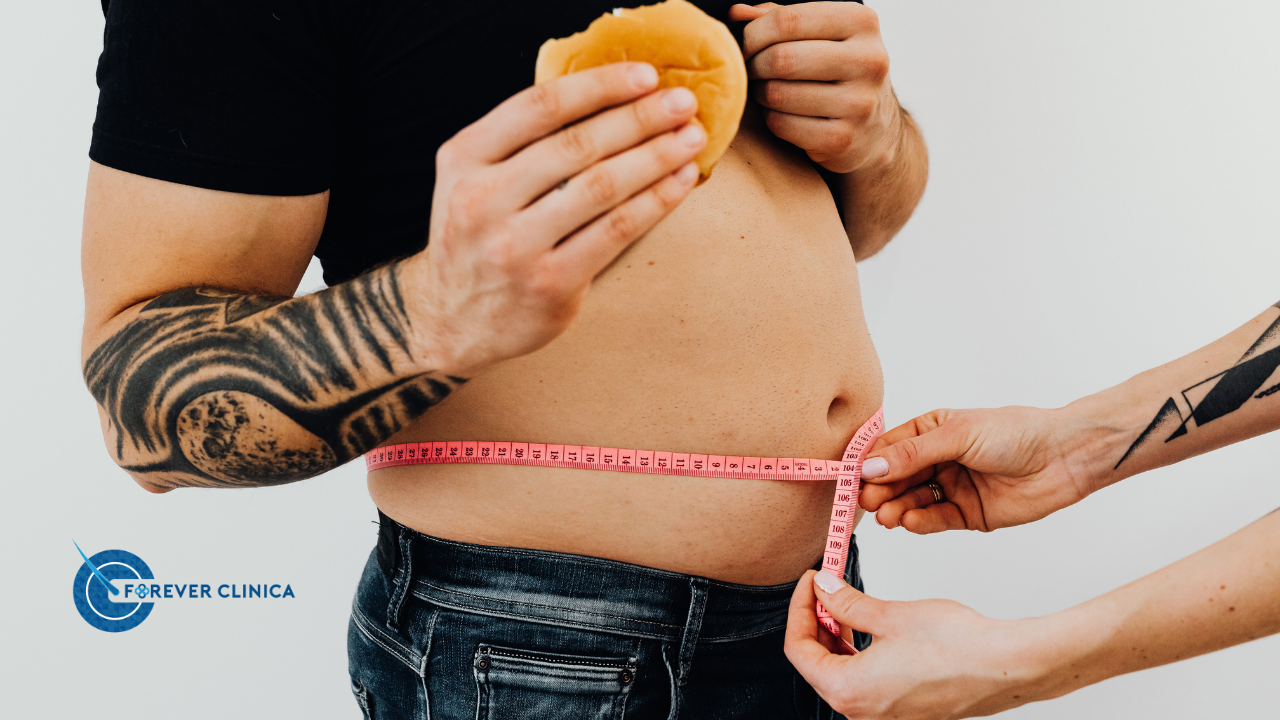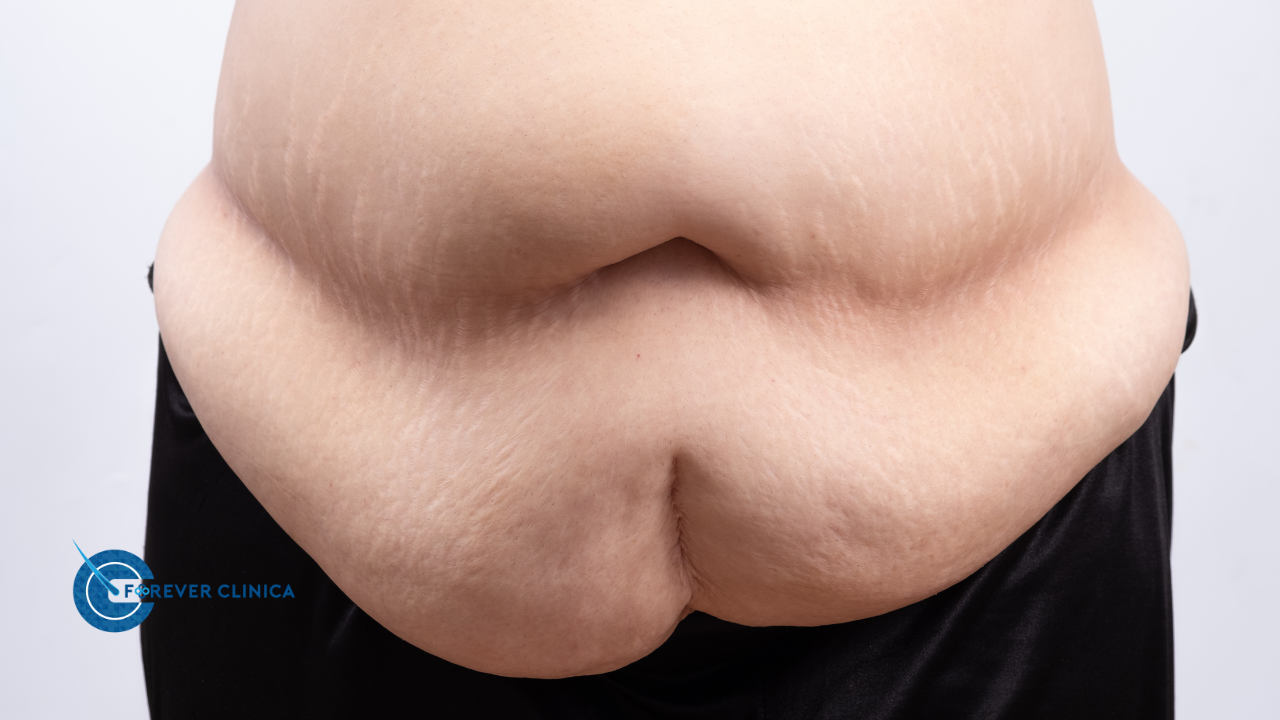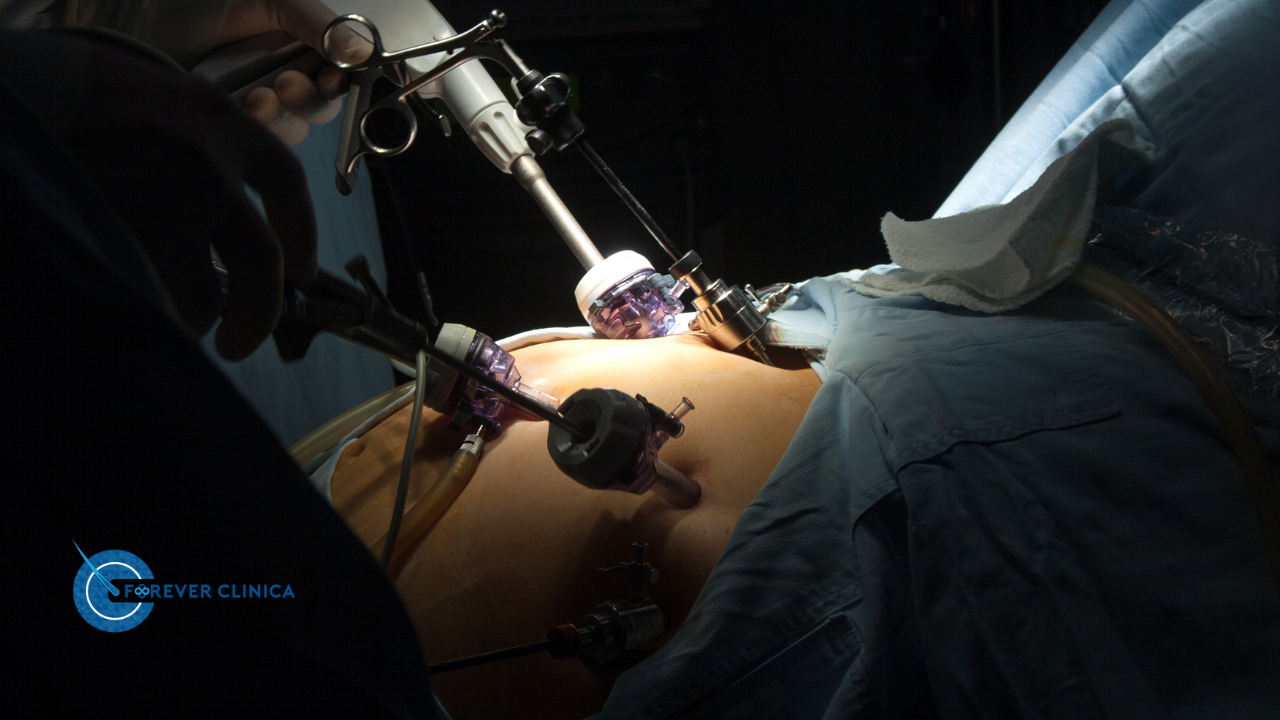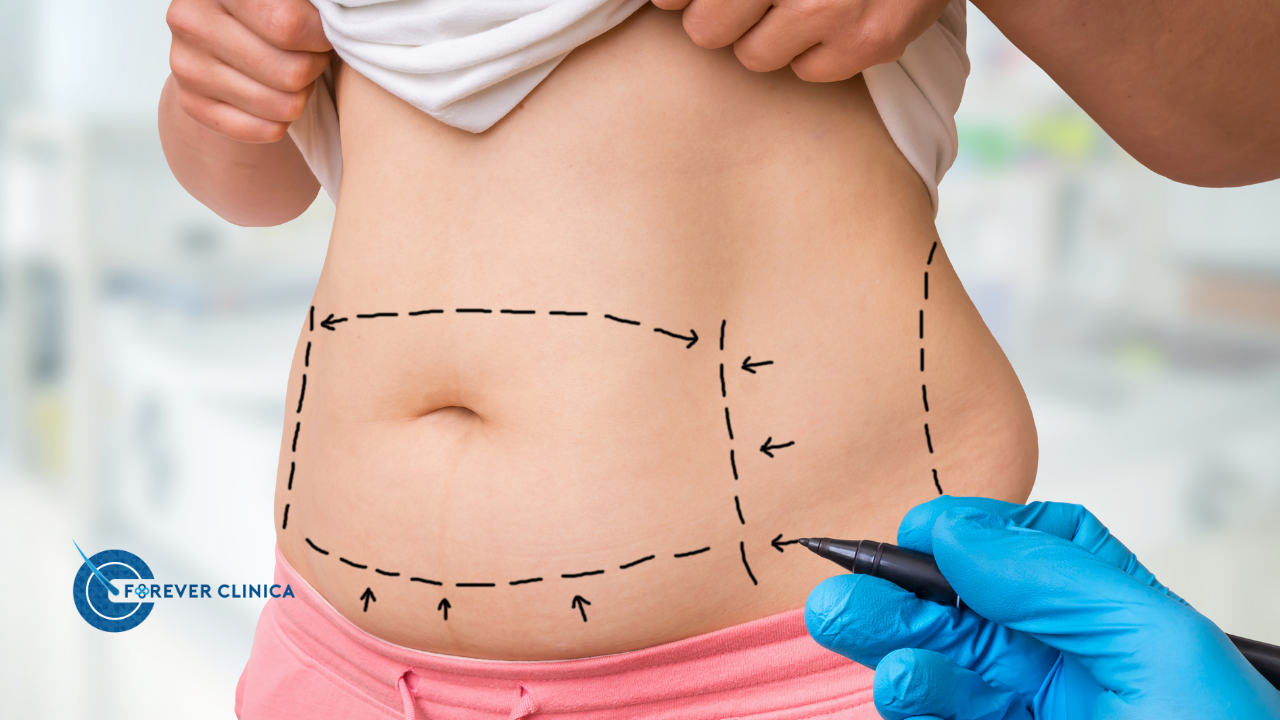Hello dear friend,
The most fundamental condition for living a full and vibrant life is good health. However, we sometimes encounter obstacles that restrict, slow us down, or even diminish our quality of life, despite all our efforts. Obesity is precisely one of those obstacles. This condition, which many of us struggle with at some point in our lives, is much more than just an aesthetic issue; it opens the door to countless health problems. At Forever Clinica, this is exactly where we come in. Our goal is not just to help you lose a few pounds, but also to restore your self-confidence, help you rediscover your body, and lead you from the shadow of obesity to a brand-new, healthy future.
On this journey, one of our most powerful tools is Gastric Bypass (Roux-en-Y Gastric Bypass) surgery, one of the most effective and lasting solutions for obesity treatment in the medical world. Perhaps you’ve heard the name before, or maybe you have some questions. In this article, we will explain what Gastric Bypass is, how it works, and, most importantly, how it can make a radical and positive difference in your life, all in the most sincere and understandable language. If you are ready, let’s open the doors to this transformation together.
All our procedures, including the surgery, are performed in Istanbul, Türkiye, by our expert team, ensuring you receive world-class care in a city known for its medical excellence and hospitality.
What is Gastric Bypass? A Scientific Solution, Not a Magic Wand!
First, let’s be clear: Gastric Bypass is not a miraculous “weight-loss pill.” It is a surgical procedure that re-teaches your body and mind about healthy eating, satiety, and, most importantly, life balance.
The procedure actually consists of two main steps, and the combination of these two steps is the key to lasting success.
- Restrictive Effect (Restriction): Your surgeon creates a small pouch, a new stomach, from the upper part of your existing stomach. This pouch has a volume of only about 30-50 ml—roughly the size of an egg. Thanks to this tiny volume, you will feel full with a very small amount of food. Imagine that you will be full with just a quarter of the portion you used to eat. This naturally and effortlessly reduces your calorie intake.
- Malabsorptive Effect (Reduced Absorption): This is one of the most important features that distinguishes Gastric Bypass from other obesity surgeries. Your surgeon bypasses a section of your small intestine and connects it directly to the new stomach pouch. This changes the path where food is normally digested and absorbed. Since food bypasses a part of the small intestine, the absorption of calories and nutrients is reduced. This speeds up weight loss and helps make it permanent.
When these two mechanisms come together, they not only achieve weight loss but also fundamentally change your body’s metabolic balance. This is why Gastric Bypass has such a powerful effect on chronic diseases associated with obesity.
Unmatched Improvements in Your Quality of Life: A Revolutionary Change in Your Health
Gastric Bypass is not just a surgery for losing a few pounds. It’s a procedure that puts your body back into a healthy order, essentially reprogramming it. Let’s take a closer look at the invaluable benefits of this transformation for your health.
1. Freedom from Type 2 Diabetes: Say Goodbye to Sugar Sickness
One of the most impressive effects of Gastric Bypass is its magical touch on Type 2 diabetes. After the surgery, diabetes can completely disappear or be controlled with a much smaller amount of medication in more than 80% of patients. How does this happen? It’s not magic; it’s science.
After Gastric Bypass, the secretion of hormones called incretins (especially GLP-1) from the small intestine increases. These hormones essentially reset the body’s sugar factory settings:
- Increases Insulin Sensitivity: The resistance of your cells to insulin is broken, and sugar enters the cells more easily instead of accumulating in your blood.
- Regulates Pancreatic Insulin Secretion: It optimizes your body’s natural insulin production and secretion.
- Balances Appetite: It regulates your food intake, preventing sudden fluctuations in blood sugar.
This amazing change also significantly reduces the risk of serious complications caused by diabetes, such as nerve damage, kidney failure, vision loss, and heart disease.
2. Your Heart Beats Strong Again: Improvement in Cardiovascular Health
Obesity is one of the biggest enemies of the heart. It multiplies the risk of high blood pressure, high cholesterol, and heart failure. Gastric Bypass helps you leave these risks behind:
- Goodbye to High Blood Pressure: In most patients after surgery, blood pressure returns to normal levels, and blood pressure medications are either completely discontinued or used at much lower doses. The load on your heart decreases, and your vessels work more healthily.
- Drops in Cholesterol and Triglyceride Levels: With weight loss, dramatic reductions in “bad” cholesterol (LDL) and triglyceride levels are observed, while “good” cholesterol (HDL) levels increase. This minimizes the risk of arteriosclerosis and blockages.
- Lightens the Heart’s Load: Every extra pound your body carries makes your heart work harder. With weight loss, the load on your heart lightens, and the risk of heart attack and heart failure decreases significantly.
3. A Restful Sleep: An End to Sleep Apnea
Obstructive sleep apnea, characterized by snoring and pauses in breathing at night, is common in individuals with severe obesity. This condition not only lowers your sleep quality but also leads to problems like heart rhythm disorders, daytime fatigue, and difficulty concentrating. After Gastric Bypass, sleep apnea either completely disappears or improves significantly in more than 90% of patients.
This improvement is due to the reduction of fatty tissue around the neck and throat, which opens up the airways. You can now have an uninterrupted, quality sleep at night. This, in turn, boosts your daytime energy, productivity, and overall happiness.
4. Goodbye to Pains: Improvement in Joints and Mobility
One of the areas most affected by excess weight is the joints. Every extra pound your body carries multiplies the load on your knee, hip, and back joints. This leads to chronic pain and limited mobility.
The weight loss achieved with Gastric Bypass:
- Reduces Joint Pain: Your knee and back pain will significantly decrease, or even disappear completely.
- Halts Osteoarthritis (Arthritis) Progression: The wear and tear on your joint cartilage slows down, and arthritis problems recede.
- Increases Mobility: Activities that used to be difficult, like walking or climbing stairs, become much easier and more enjoyable. This encourages you to live a more active life, creating a positive cycle.
5. A Mental and Spiritual Awakening: Psychological and Social Transformation
In addition to the physical benefits of weight loss, its contributions to your mental and spiritual health are incredible. Obesity often goes hand in hand with psychological problems like social isolation, loss of self-esteem, depression, and anxiety.
With weight loss after Gastric Bypass:
- Your Self-Confidence Soars: You make peace with the person you see in the mirror and feel much better about yourself.
- Depression and Anxiety Decrease: As feelings of social avoidance and embarrassment disappear, your mood improves significantly.
- Your Quality of Life Skyrockets: Daily tasks, sports, traveling, and shopping no longer feel like a burden and become enjoyable experiences.
This surgery offers you not just a new body, but also a brand new perspective on life.
6. Improvement in Other Obesity-Related Diseases
The effects of Gastric Bypass are not limited to the most common diseases. It also improves:
- Fatty Liver Disease: With weight loss, fat and inflammation in the liver recede, and liver function improves.
- Gastroesophageal Reflux Disease (GERD): Thanks to the reduction of the stomach pouch and the anatomical changes, the backflow of stomach acid into the esophagus is prevented, and reflux symptoms almost completely disappear.
- Asthma: The improvement in respiratory functions can reduce the frequency and severity of asthma attacks.
What You Should Know: Frequently Asked Questions
It’s completely normal to have many questions before embarking on such a radical transformation journey. Let’s answer the most frequently asked questions from the perspective of the Forever Clinica experts.
Q: Do you regain the weight lost after Gastric Bypass?
A: This is one of the most frequently asked questions. Gastric Bypass is a permanent solution, but it is not a magic wand. The key to long-term success lies in the lifestyle changes you make after the surgery. Embracing healthy eating habits, engaging in regular physical activity, and following the regular follow-up program offered by Forever Clinica are vital. Our patients who adhere to the rules and dedicate themselves to this new life have a very high rate of permanent weight loss. Remember, we don’t just perform a surgery; we open the doors to a healthy life that will last a lifetime.
Q: What are the risks of the surgery?
A: As with any surgical procedure, Gastric Bypass has certain risks, such as infection, bleeding, or leakage. However, these risks are minimized by an experienced and specialized surgical team in a fully equipped hospital environment (just as it is at Forever Clinica). It is important to remember that the risks posed by uncontrolled obesity (diabetes, heart disease, stroke, etc.) are generally much higher than the risks of the surgery. We perform a detailed risk analysis tailored to you before the surgery to evaluate potential risks.
Q: Who can have Gastric Bypass surgery?
A: Eligibility for Gastric Bypass surgery is determined through a detailed evaluation process. The generally accepted criteria are:
- Body Mass Index (BMI) of 40 or higher (morbid obesity).
- BMI between 35 and 40 with at least one obesity-related comorbidity such as diabetes, high blood pressure, or sleep apnea.
Additionally, the candidate must have previously tried to lose weight through methods like diet and exercise and must accept the risks of the surgery and the subsequent lifestyle changes. Our team conducts comprehensive tests and consultations to determine if you are psychologically and physically suitable for the surgery.
Q: How should I eat after the surgery?
A: Post-surgery nutrition is one of the most important milestones on the road to success. The process proceeds slowly and in a controlled manner:
- First Week: You will only consume liquid foods (water, clear broths, sugar-free and non-carbonated drinks).
- Following Weeks: You will transition to puréed foods (yogurt, soup, mashed vegetables).
- Later on: You will gradually transition to soft foods and then solid foods.
At Forever Clinica, we don’t leave you alone during your post-surgery nutrition process. Our dietitians create personalized meal plans for you and provide close follow-up and counseling to help you develop healthy eating habits that will last a lifetime. Protein intake is vital to prevent muscle loss after surgery. Additionally, due to reduced absorption, vitamin and mineral supplements like B12, vitamin D, iron, and calcium should be used regularly.
Q: What can I expect from Forever Clinica during this process?
A: For us, this journey doesn’t end with the surgery; it actually just begins. At Forever Clinica, we offer you lifelong care and support.
- Before Surgery: You will undergo a comprehensive evaluation by our expert team (surgeon, dietitian, psychologist, internal medicine specialist).
- After Surgery: Your health is closely monitored with regular check-ups.
- Continuous Support: Your motivation is kept high with one-on-one sessions with our dietitians and psychologists.
- Patient Support Groups: You can come together with our other patients who have been through the same journey to share your experiences and support each other.
Making you feel that you are not alone on this transformative journey is our top priority.
Take the First Step Towards a Healthy Future
Gastric Bypass is not just a weight-loss surgery; it is a powerful tool given to you to regain control of your life. With this tool, you can get rid of all the health problems that obesity brings, refocus on your dreams, and start living life to the fullest.
If this article has shed some light on your questions, we are ready to listen for more. The greatest investment you can make in yourself is an investment in your health. Remember, you are not alone on this journey.
Contact us today to take the first step towards a healthy future.
Forever Clinica – The Permanent Address for a Healthy Life
To learn more and get detailed information about your personal situation, you can visit our website or call us directly. The right time to change your life is now.

